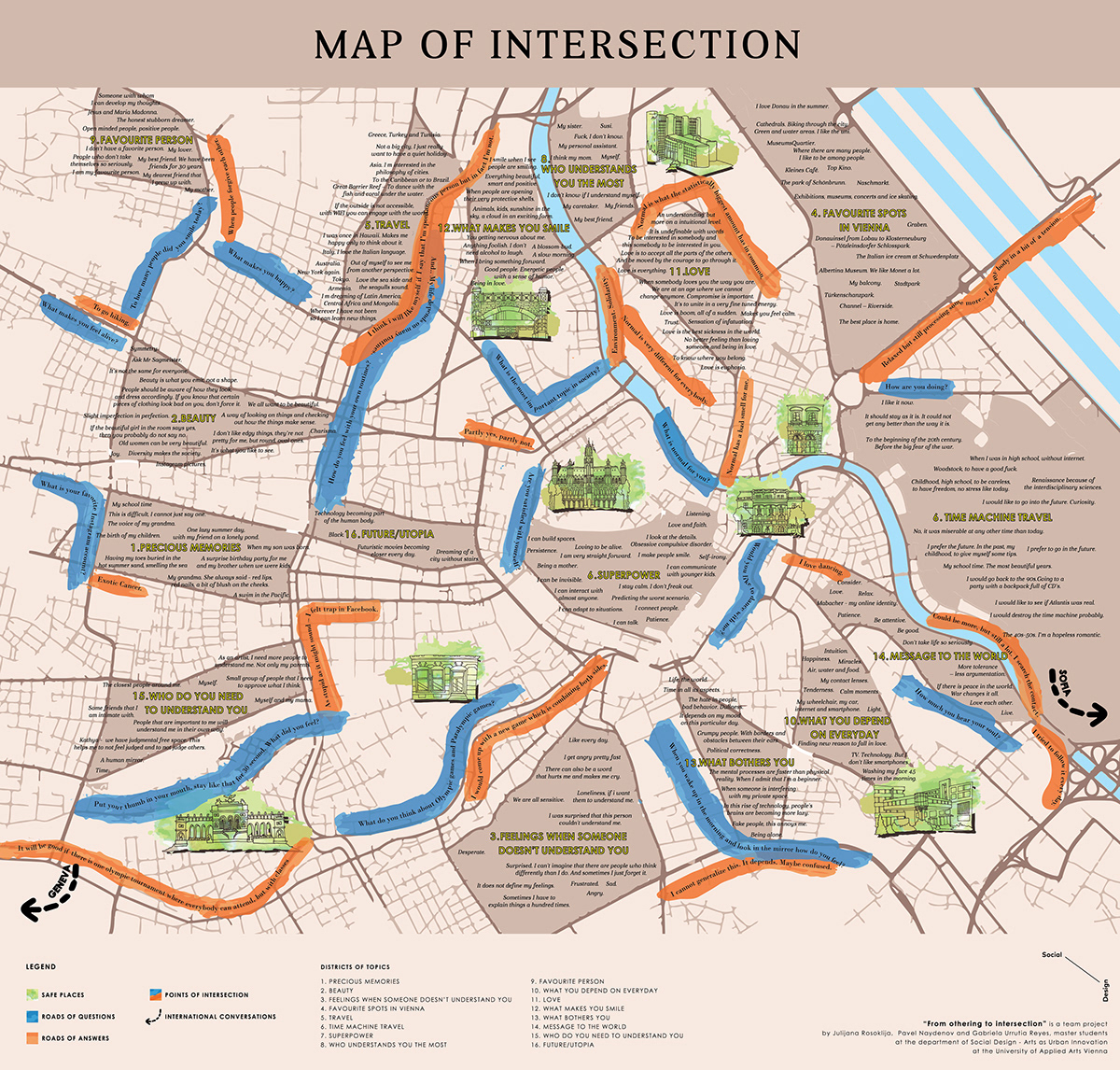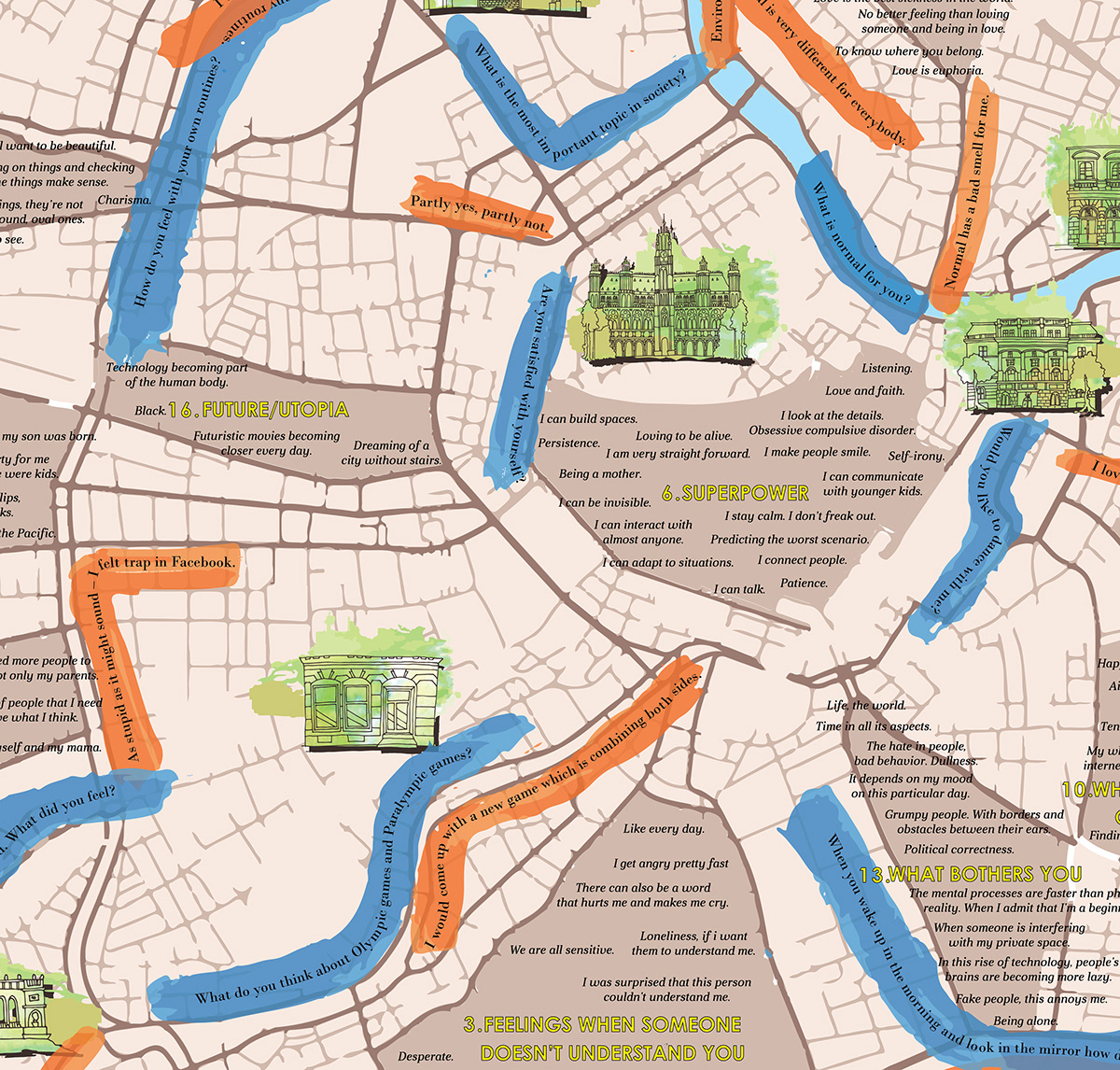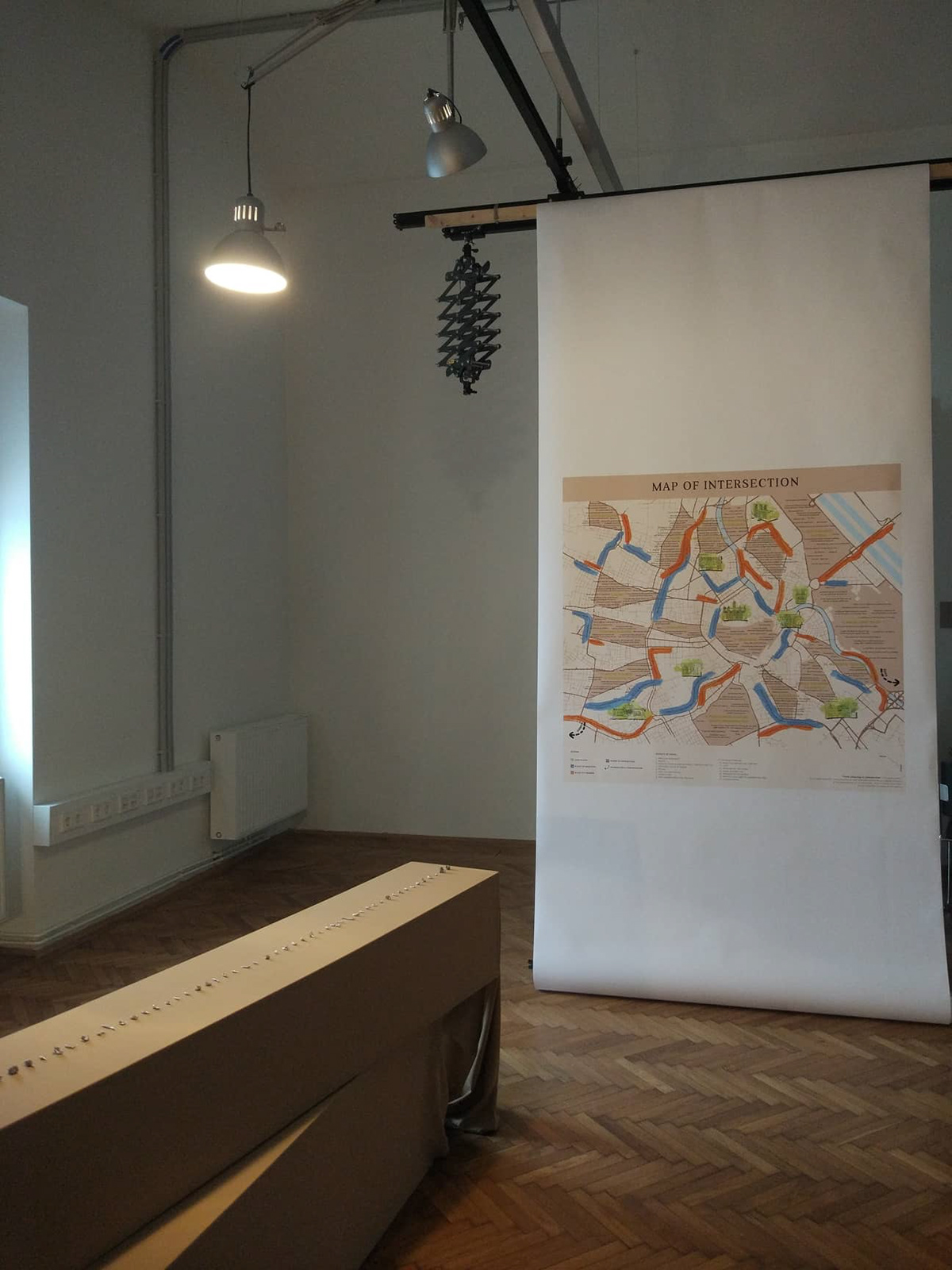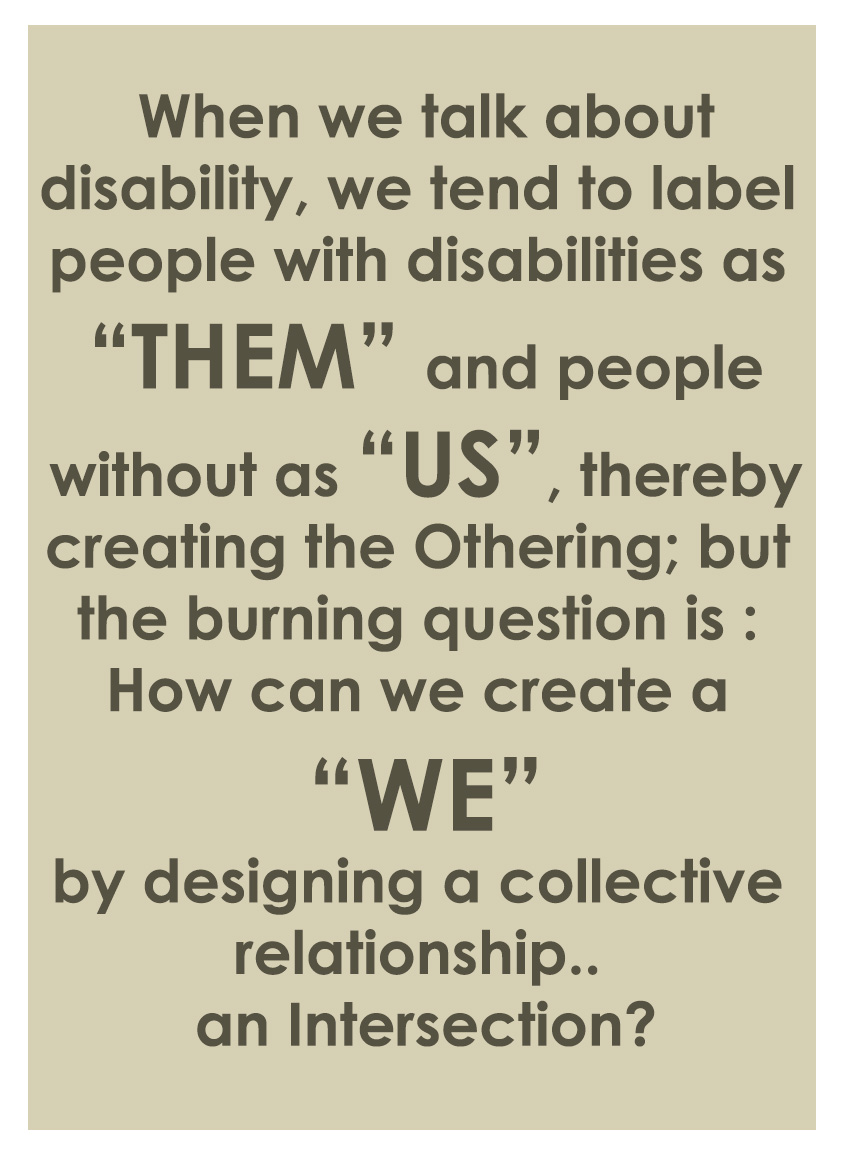
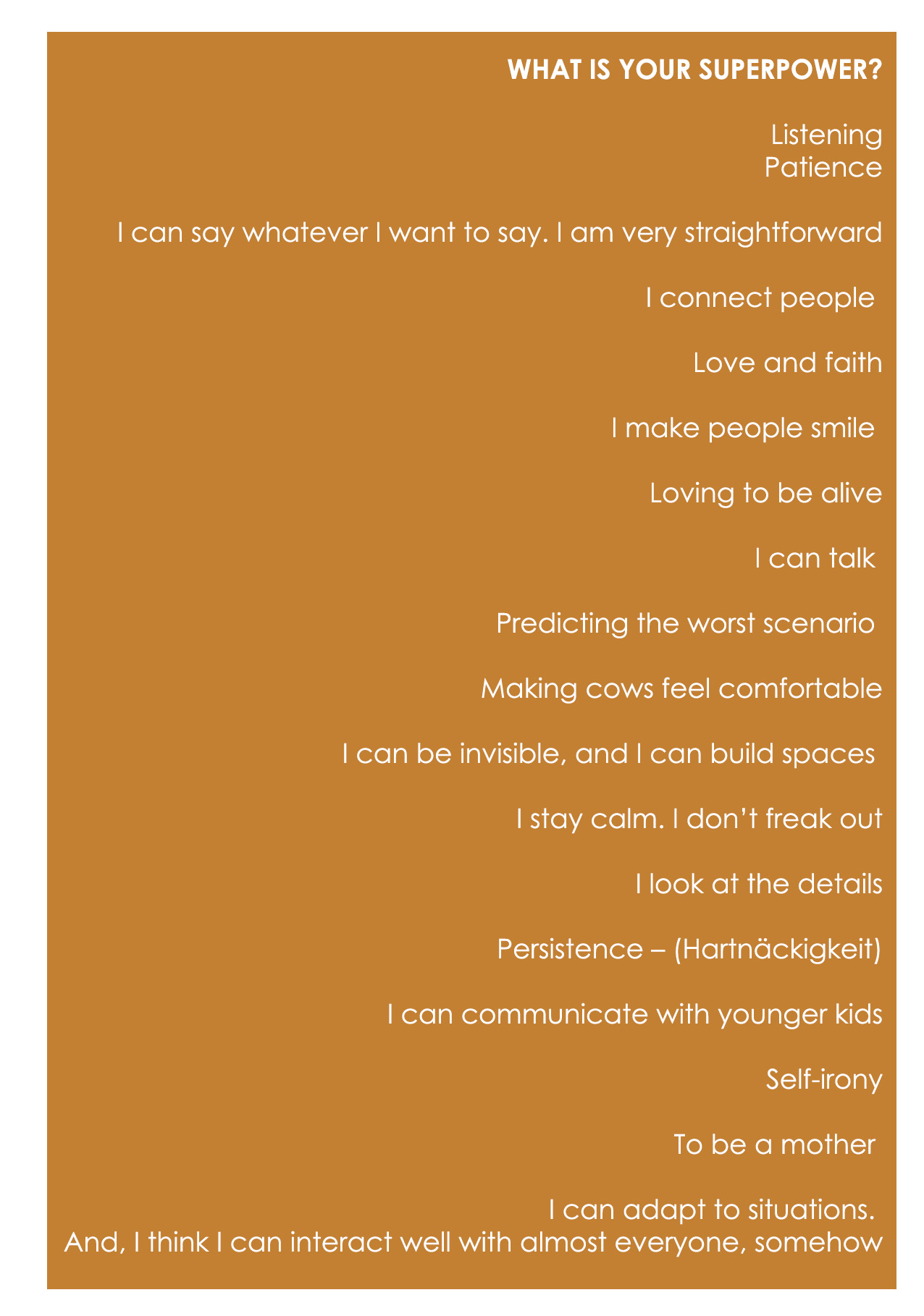
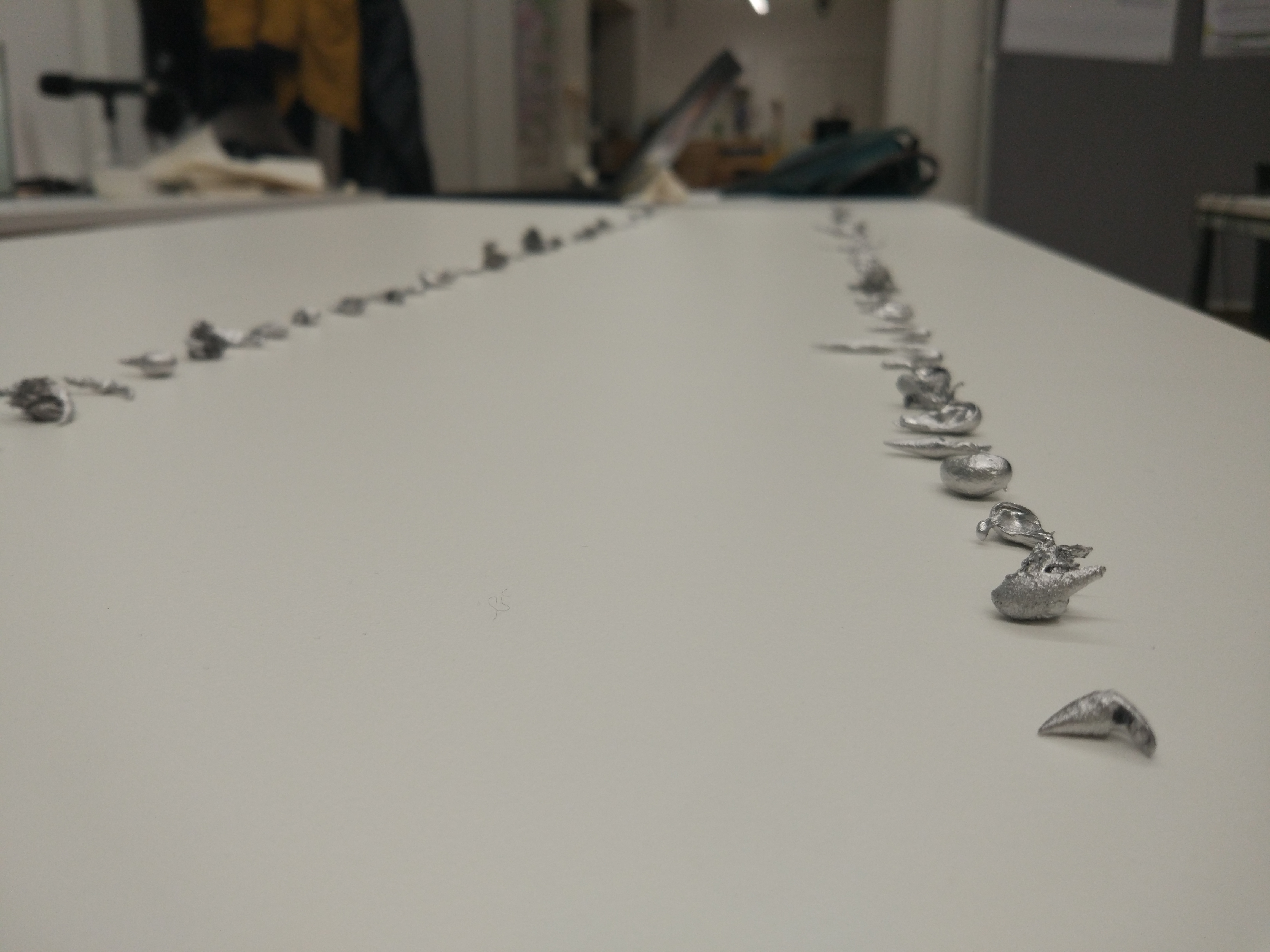
From othering to intersection
The project “From othering to intersection”is a team project by Julijana Rosoklija, Pavel Naydenov and Gabriela
Urrutia Reyes, and was realized under the frame work of a master thesis
collaboration at the department of Social Design - Arts as Urban Innovation at
the University of Applied Arts Vienna.
Objective: To build a path from othering to intersection
The team has worked in the framework of physical
disabilities and the aim was to create an eye to eye level conversations within a common and safe space
without any taboos, fears and discrimination, in which people with and without
disabilities can sit together and have a free and open exchange.
The creation of a path from othering to intersectionmeans overcoming social division through rounds of conversations until participants
reached a common connection.
Parts of our Methodology in the research process
were the conversations
spaces with people who are related directly or indirectly related with physical
disabilities. After looking into various
artistic approaches, organizations, initiatives and definitions and explored the
topic of the body in arts we started the first round of questions in which the
group explained the objectives of the project, outcome, and get the personal
experiences of each case with the topic of disabilities. The team was allowed to
record the conversation with each participant with the condition of anonymity.
On the second rounds of conversations within this
project the group decided to ask questions that are not related at all with
disabilities, some of these questions were out of nowhere, random and funny
sometimes. By asking, for example the question of what is your superpower, you
get also to reflect on yourself and maybe allow yourself for a second to be
playful.
Each person was asked at the end of this
conversation to formulate their own question, which would be asked the next person
on the list, thereby designing an intuitive chain of dialogues between people who have never met.
Disability in this case was not ignored, it was simply not questioned.
People’s imagination ran much deeper than physical
obstacles because of the lack of visuals.
This conversations were expressed by the team
in the format of a map, where the conversations were allocated accordingly the
rounds and the questions asked.
Also, in the search to reflect on our
transaction from othering to intersection, the group used the metaphor of small
metal figures that when they all go through the same process of melting with
fire and then pour them in water they reappeared completely transformed in a
different shape (but same material).
The same happens with human relations, after
you take the time to get to know a
person, remove taboos and fears, and manage
to create an eye to eye level conversation, this is when the real change
occurs. We find the union, an intersection.
